U6 Soccer Drills
When you first look at kids under 6, it’s easy to think that the game is over before it has even begun. After all, how much running and kicking can a child that young be capable of? It turns out, a lot. Even the most naive child can learn soccer and be challenged from the very first session. In fact, developing their motor skills through fun activities and fun games is a great way for them to grow as individuals while also learning new skills. If you’re thinking of starting up a kids under 6 soccer drills program or need some fresh inspiration for your current one, keep reading for some expert advice on how to get started right away.
Game Relevant
At the U6 age group, the players are recommended to play the game at 5v5 or 4v4 depending on where you are living. The USA is 4v4 with no goalkeepers and Europe is 5v5 including goalkeepers.
U6 Soccer Drills
How to Coach and How Long to Coach
Sessions should last 45 minutes – 1 hour. This age group cannot deal with long instructions about the rules of the game. Drills should be simple to understand and be all inclusive. Explain the game and if possible demonstrate what you want the players to do – don't talk for longer than 30 seconds. Concepts of time are meaningless so don't shout “20 seconds to go” as they will not be sure what you mean and this will often stop them from playing the game while they think about what you have just said.
The players will benefit from having a ball each when you warm up, or they will bunch like bees around a honey pot – shouting “spread out” will not work. Often they will continue to play even when the ball has gone out of bounds but don't stop play every time try and get them back into the area as they are playing.
Cut out the jokes at their expense meant for the parents who are watching – young players take everything at face value.
U6 Coaching Objectives
Skill
- Individual basic soccer techniques which include ball control, running with the ball and basic passing
- Make sure players are ‘doing’ not ‘listening’
Technique
- You should be looking to develop oordination and motor skills with and without the ball
- Fun is essential or you will have a lot of disappointed players.
Game Craft
- Balance is key trying to get players to look for space on the pitch
- Games should be directional and fun.
Coaching Activities Checklist
- Are the activities fun?
- Are the activities organized?
- Are the players involved with the activities?
- Is creativity and decision-making being used by the players?
- Are the spaces used appropriately?
- Is the coach’s feedback appropriate?
- Are there implications for the games?
U6 Soccer Drills Coaching Tips
You will put the players into teams for matches and at training but they will often take the ball off their teammate – explain that they are a team but expect it to take a few sessions before they stop taking the ball off each other and even then it will happen at times.
Keep It Short and Sweet
As with any sporting activity, it’s important to keep things short and sweet when you’re coaching kids under 6. With this age group, you’ll want to aim for no more than 20 minutes per session. This will allow them to get their energy out while also not burning out too quickly. If you’re coaching a group of very young kids, it’s important to remember that they may have short attention spans and won’t be able to focus for an hour or more at a time. In fact, you should be keeping your sessions even shorter so that the children don’t get bored.
Use Small Sided Games
While kids under 6 may not be able to run the length of a full-sized pitch, the fact is that they don’t need to. At this age, you don’t need to do any more than have them kick the ball around a small area. Even just two small goals will allow them to run, kick and collect the ball. As they get older, you can increase the size of the pitch and the number of players. By starting them off small, you’ll give them a chance to get used to the ball and the environment before expanding their game. The benefits of using small sided games (SSGs) lie both in the skills that your players will learn and the fact that they’ll be enjoying themselves. SSGs allow your players to take an active role in their own development while also having a blast.
Teach Through Play
As kids, we all used to play and learn through that play. As we grow up and become “serious” about life, we often lose the ability to enjoy ourselves in that way. While you need to be careful not to be too lax and neglectful, you can use this to your advantage when coaching kids under 6. In order to get the most out of your sessions, you need to let the children have fun. Let them kick the ball around and enjoy themselves. Let them make their own mistakes and learn from them. The best way to do this is to structure your sessions so that they follow the natural flow of a soccer game. This will allow the kids to get plenty of touches on the ball while also learning appropriate positions and strategies.
Be Creative With Your Drills
While you need to be careful not to neglect the basics of soccer, it’s also important not to get lost in them either. With kids under 6, it’s crucial that you’re not just “coaching soccer”. Instead, you want to keep things fun and engaging while also focusing on the specific skills that the children need to learn. With this in mind, you want to try to get creative with your drills. You can use almost anything to set up a drill. For example, a pile of bricks could become a goals for some shooting practice. A few chairs might be perfect for setting up a one-on-one duel. If you have enough space, you can use cones to set up a mini-pitch for your players to practice on. This will allow them to work on their skills in a contained environment that they’re already familiar with. It’ll also allow you to easily change the drills based on the group’s needs or interests.
Make Physicality a Priority
As we mentioned above, you want to keep things fun while also making sure that your players are learning the skills they need to reach their full potential. This means that you’ll need to strike a careful balance between fun and serious training. One important way to ensure that your players are getting the physicality they need is by using small-sided games. While SSGs are great for improving a child’s technical skills, they don’t really challenge them physically. These games are designed to keep children safe while also allowing them to have fun. If you’re in a situation where you need your players to be challenged physically, you’ll want to use full-sided games.
Don’t Forget the D-words
It’s important to keep in mind the D-words: discipline, direction, and distinction. With this age group, the most effective forms of discipline are ones that are imposed by the children themselves. For example, you may want to explain to them that kicking the ball out of bounds is cheating and therefore not allowed. By making them aware of their own rules, you’ll create a more disciplined environment without even trying. As far as direction is concerned, you want to keep things fun and engaging without losing sight of your goals. With kids this young, it’s important to make sure they’re not just playing around aimlessly and that they’re working on the skills they need to be successful.
Don’t be afraid to be loud
When coaching children, especially young ones, you should always be aware of your voice. You don’t need to be super-loud all the time, but you should try to stay at a volume that is above a whisper. This will allow the kids to hear and understand what you’re saying without being overwhelmed by your voice. There may be times, however, when you want to raise your voice. When you’re coaching kids under 6, you may find that they don’t respond to your instructions. This is because they’re either not old enough to understand what you’re saying, or they haven’t been taught how to respond to a coach’s directions, yet. When this happens, you don’t need to be afraid to be loud. You can either repeat yourself more clearly or use a different strategy.
Coaching With a Football
Many people are sceptical about whether or not you can coach with a football if you’re not a professional or even semi-pro coach. While it’s important to have a good knowledge of the game and have a good grasp on its fundamentals, it’s also important that you know how to present that information. It’s easy to talk about the game in a way that is boring for both you and your players. By holding your information and instructions to the child’s level, you can keep things interesting and engaging while still teaching the necessary skills. One way to do this is by holding a football while you talk to the kids. Not only does this make the information more interesting, but it also allows you to show the kids what you’re talking about.
Try Coaching Without a Football
As we’ve already discussed, it’s important to keep your coaching as child-friendly as possible. With that in mind, you may find that you want to try to coach without a football at certain times. You might want to do this to keep the kids safe, or you may just want to allow them to focus on their own skills and development. When coaching without a football, you still need to keep your players engaged and on task. You can do this by engaging them in conversation or by giving them a specific challenge. By telling them that they need to pass to a specific person or use a certain type of skill, you’re forcing them to focus on what they’re doing.
Keep talk to a Minimum
30 seconds is the maximum length of time children of this age group will listen – they will be raring to go and often I wait until the end of the session to talk about what they have done in the session and one of the most successful ways to get them to talk is to ask what their favourite part of the session was.
Ignore Mistakes at This Age
There will be so many mistakes made you need to pick and choose when you point out what players should be doing.
Player Behaviour
Bad behaviour can be very destructive at this age, stay calm if the player(s) are repeating the problem and sit them out for a minute before they come back into the game.
Questions to ask U6s
It is a difficult age for questions and answers as at this age the children will often totally answer a question they think youve asked. Be patient. Remember we ask questions to check player understanding and to get feedback. You want the feedback at this age to be about enjoyment and about loving the game. They will often just want to tell you that they are going to watch Chelsea in the afternoon! Encourage that kind of interaction.
Try and use open questions that cannot be answered with a yes or no. Questions should start with What, How or Where. Using Why can be seen as a negative question.
Asking questions works because:
- Gets player attention
- Informs the coach of what the players know
- Involves the players
- Allows the player to give their opinions.
- All these things also help team bonding and team spirit.
Free Grassroots Fun Soccer Games eBook
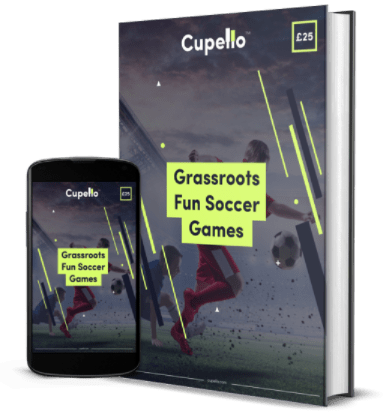
Keeping players on top of their game throughout the season is critical, and small-sided games are ideal for this. There are over 50 activities in this guide to help you do just that.
Download Free NowU6 Soccer Drills
Fun games help the development of basic skills that are the building blocks of the complete player. At U6 players need fun games to develop their love of the game and generate the will to learn. Fun can mean things like penalty shoot-outs and game-related movements.
1. King of the Ring
This game gives young players a lot of repetition in game-related techniques that will help to develop them into the best they can be.
2. Fishes and Sharks
When working with young players, it’s important as coaches we develop their ability to master the ball and body at the same time. Encouraging them to move with their head up, recognise space, and play with both feet will help with this.
3. The Great Escape
A fun game that will encourage young players to try new skills, use different parts of their feet and develop their ability to master the ball.
4. Matching Pairs
This game gives young players a lot of repetition in game-related techniques that will help to develop them to be the best they can be.
5. Tails
A fun game to develop players' fundamental movements skills.
6. 1v1 to Goal
The ability to manipulate the ball in order to dominate 1v1 situations and beat opponents is key at any level and stage of development.
7. 1v1 Breakout
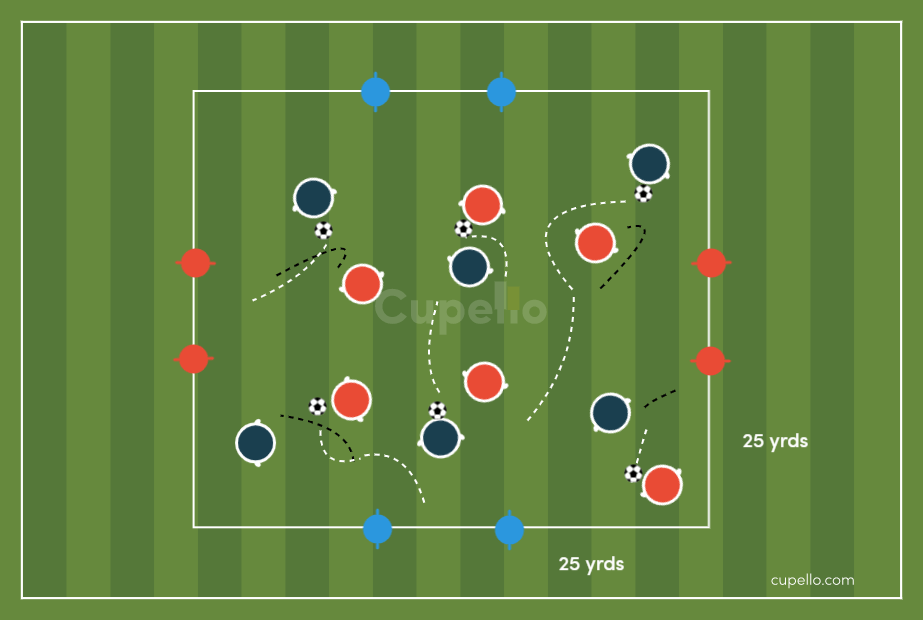
It’s important we help players develop their ability to master their body and the ball, as this will give them a great foundation to work from and help build connections with teammates
8. Match Reaction Agility
Agility is key to the performance of youth players and is linked to speed of play and match fitness. For any youth player in pre-season agility is vital for physical performance.
9. Smash and Grab
This drill will get your players back into the swing of keeping possession, communicating, and looking for opportunities to pounce.
10. Gates for Goals
Using possession effectively to improve dribbling and passing skills.


Improve Your GameJust 1.99 p/m
Exclusive drills and sessions, get involved today!
- 100’s of Drills
- Coach to Camera Videos
- Sessions from Pro’s
- Industry Leading Advice
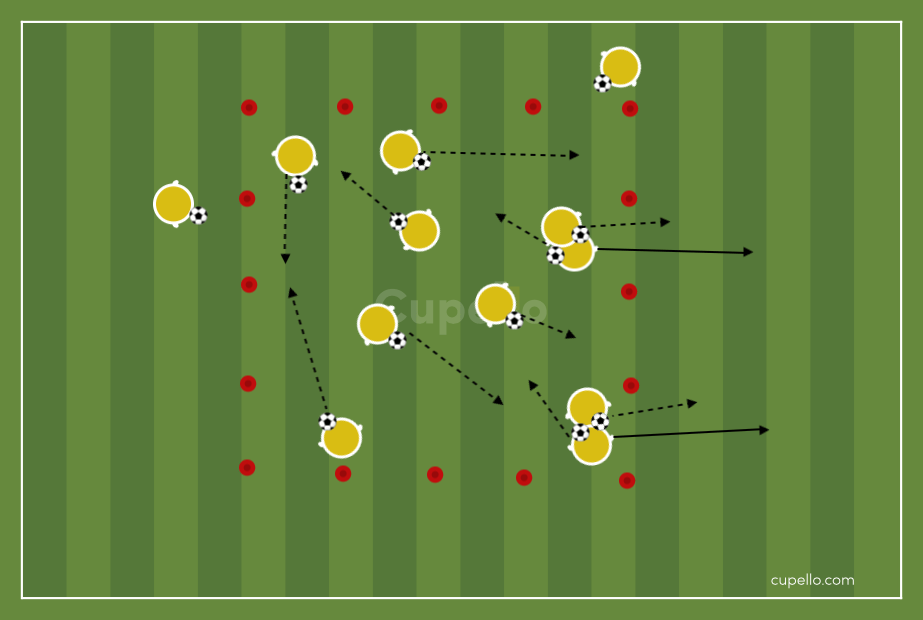
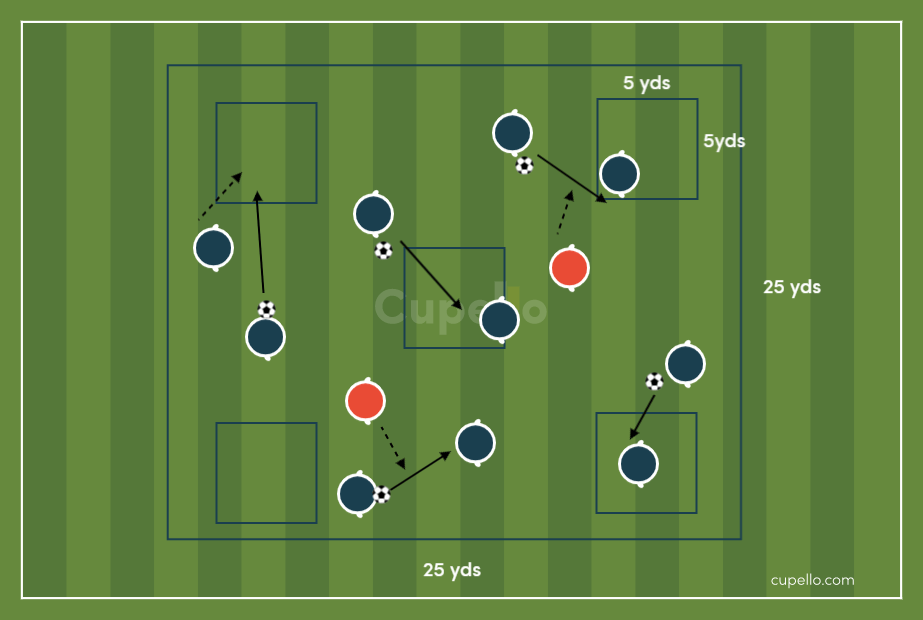
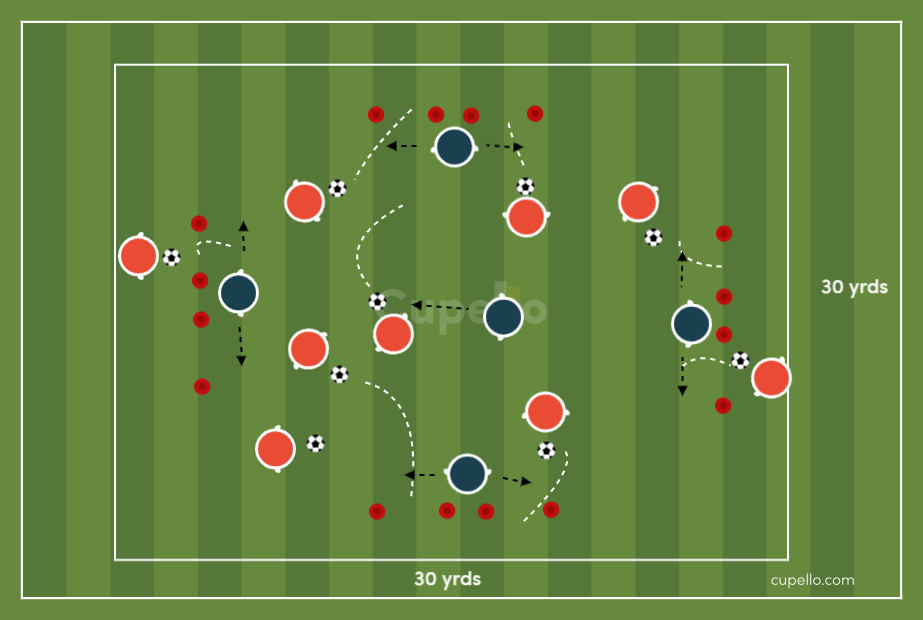
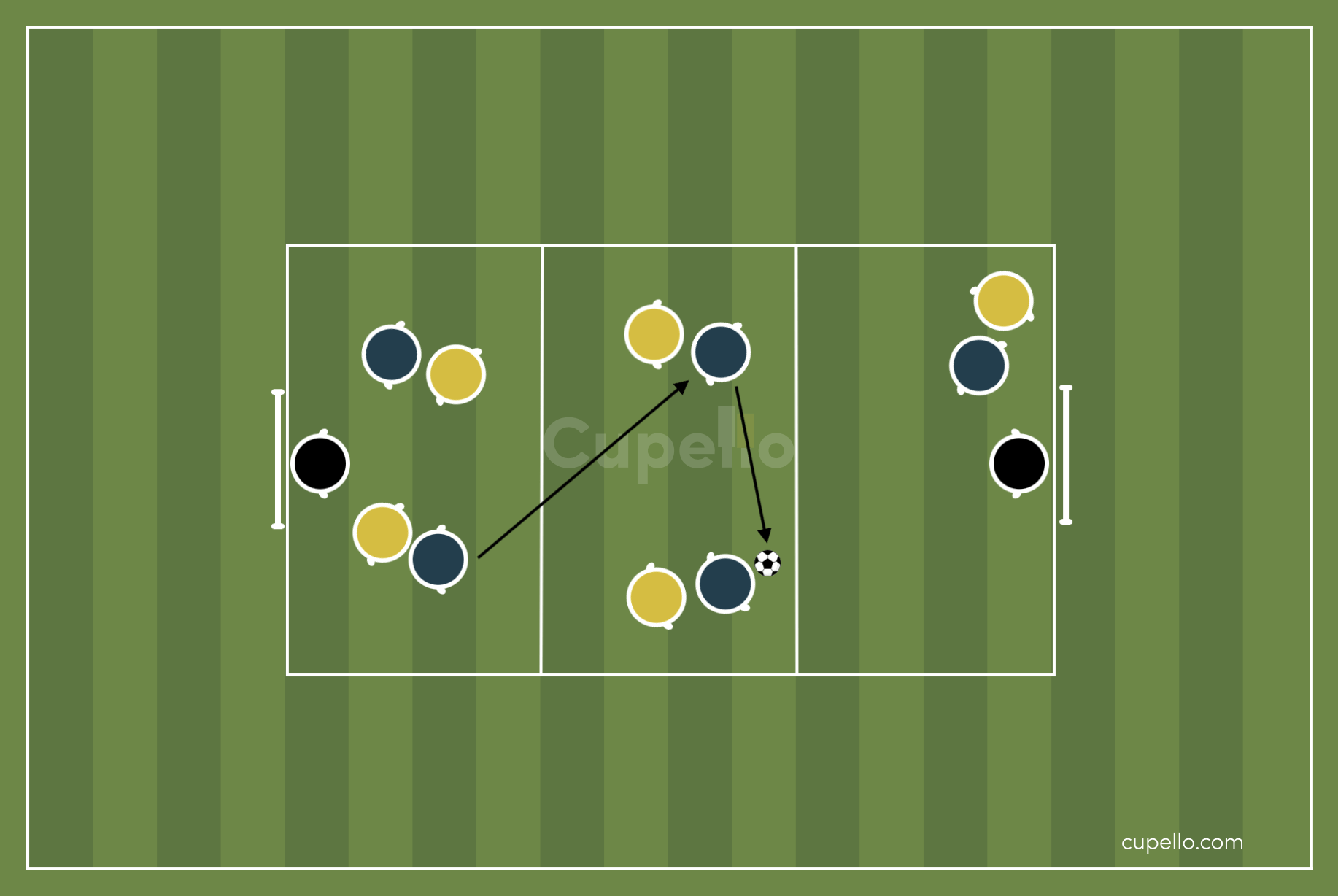
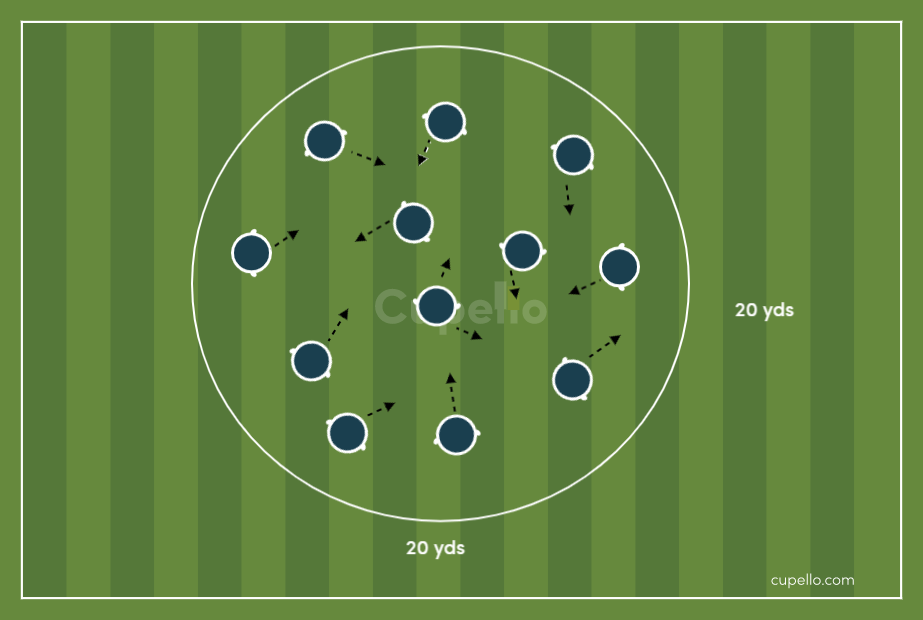
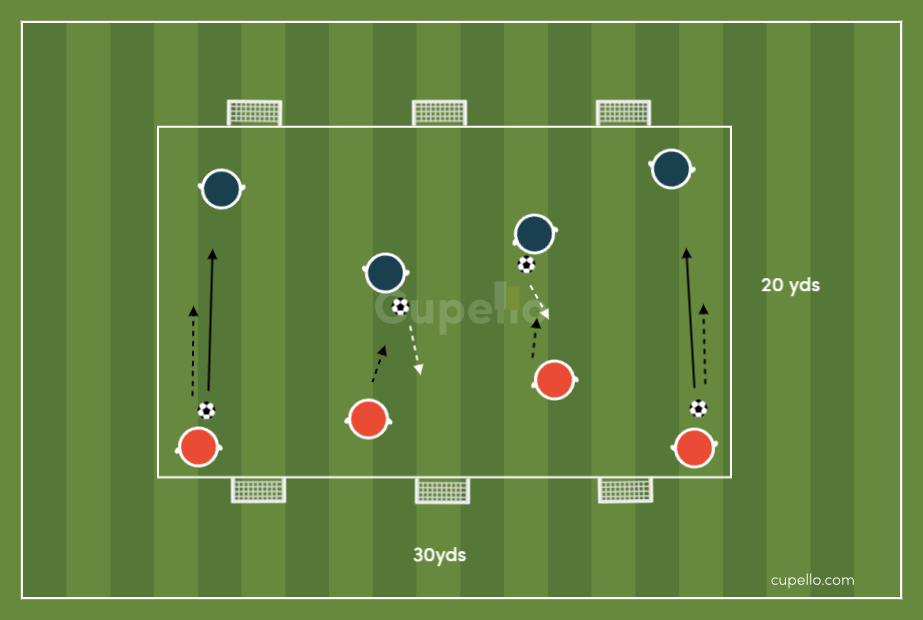
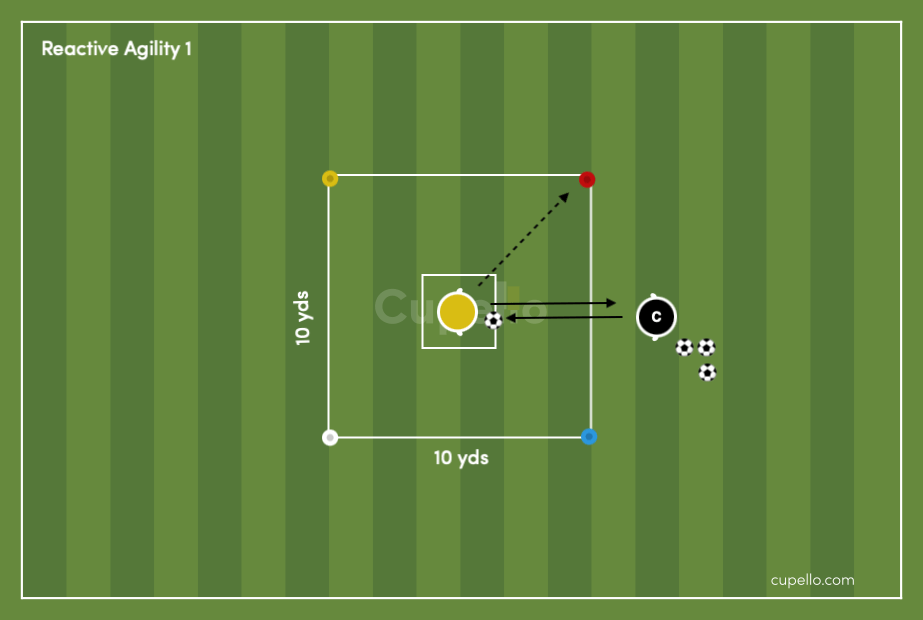
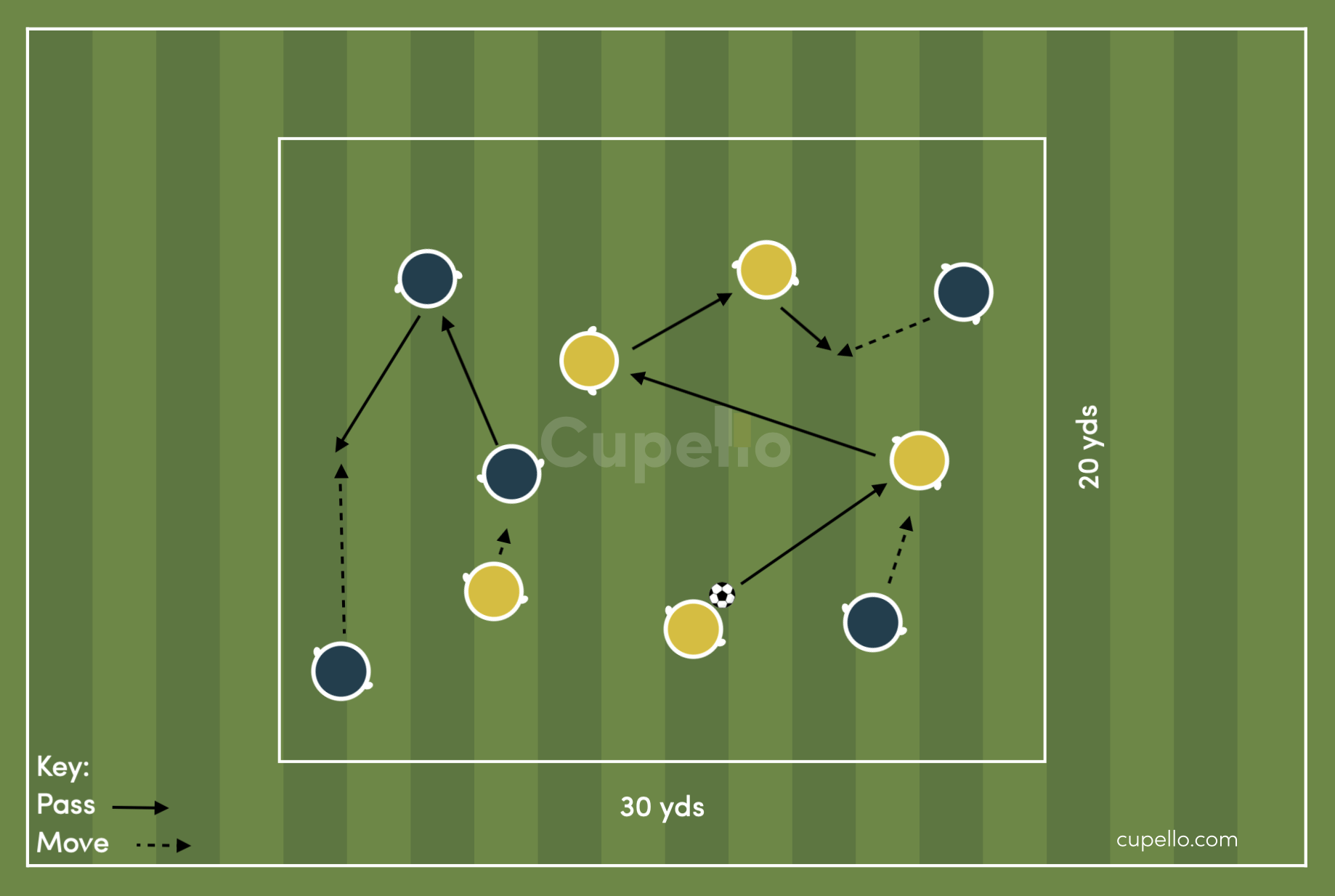
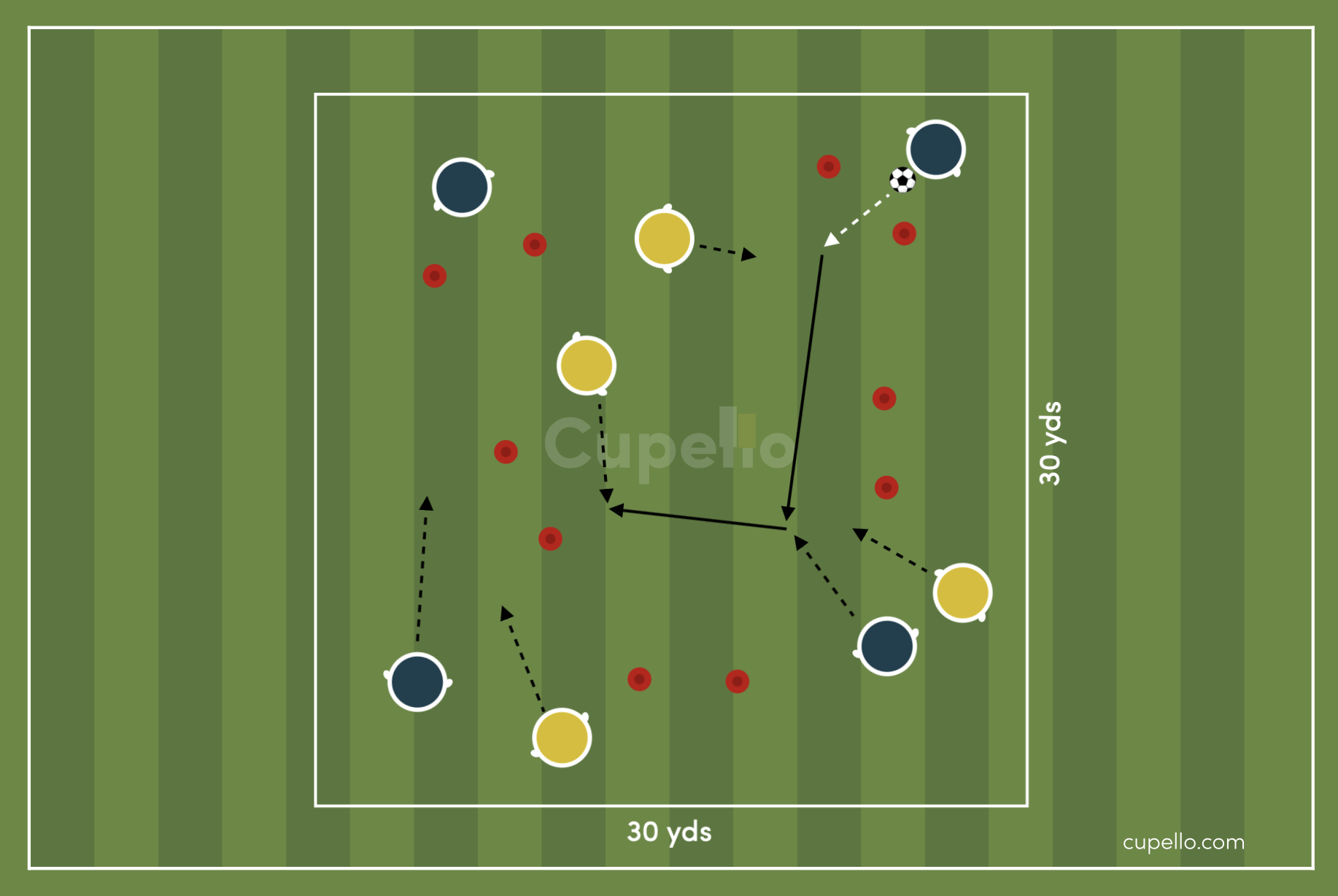
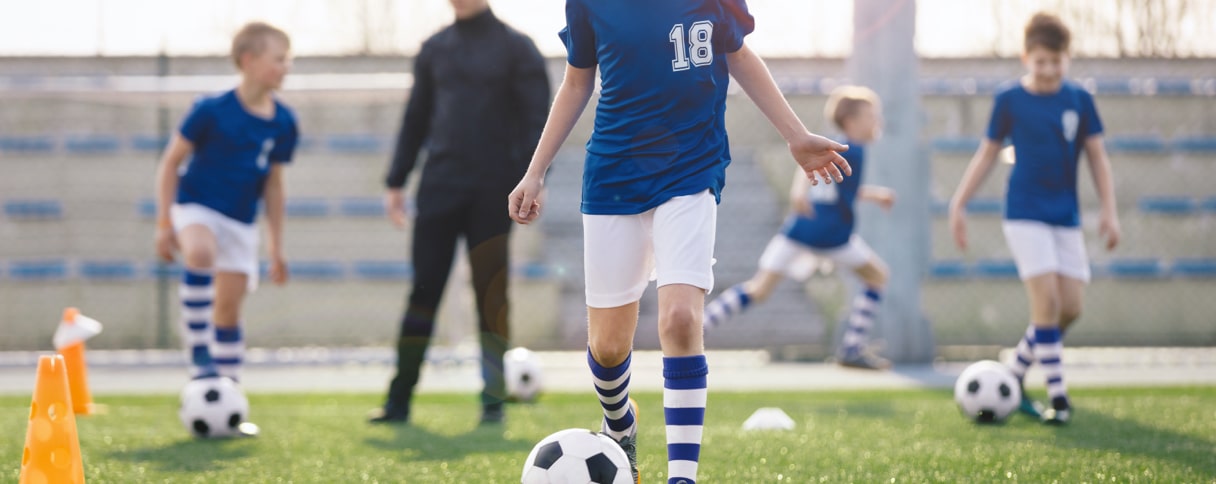
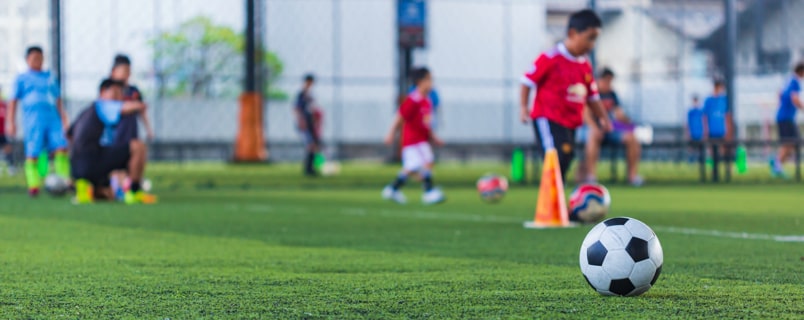
Cupello
Rethinking soccer coaching via our industry leading tools. Built to offer effective coaching development solutions for players and coaches of all levels.